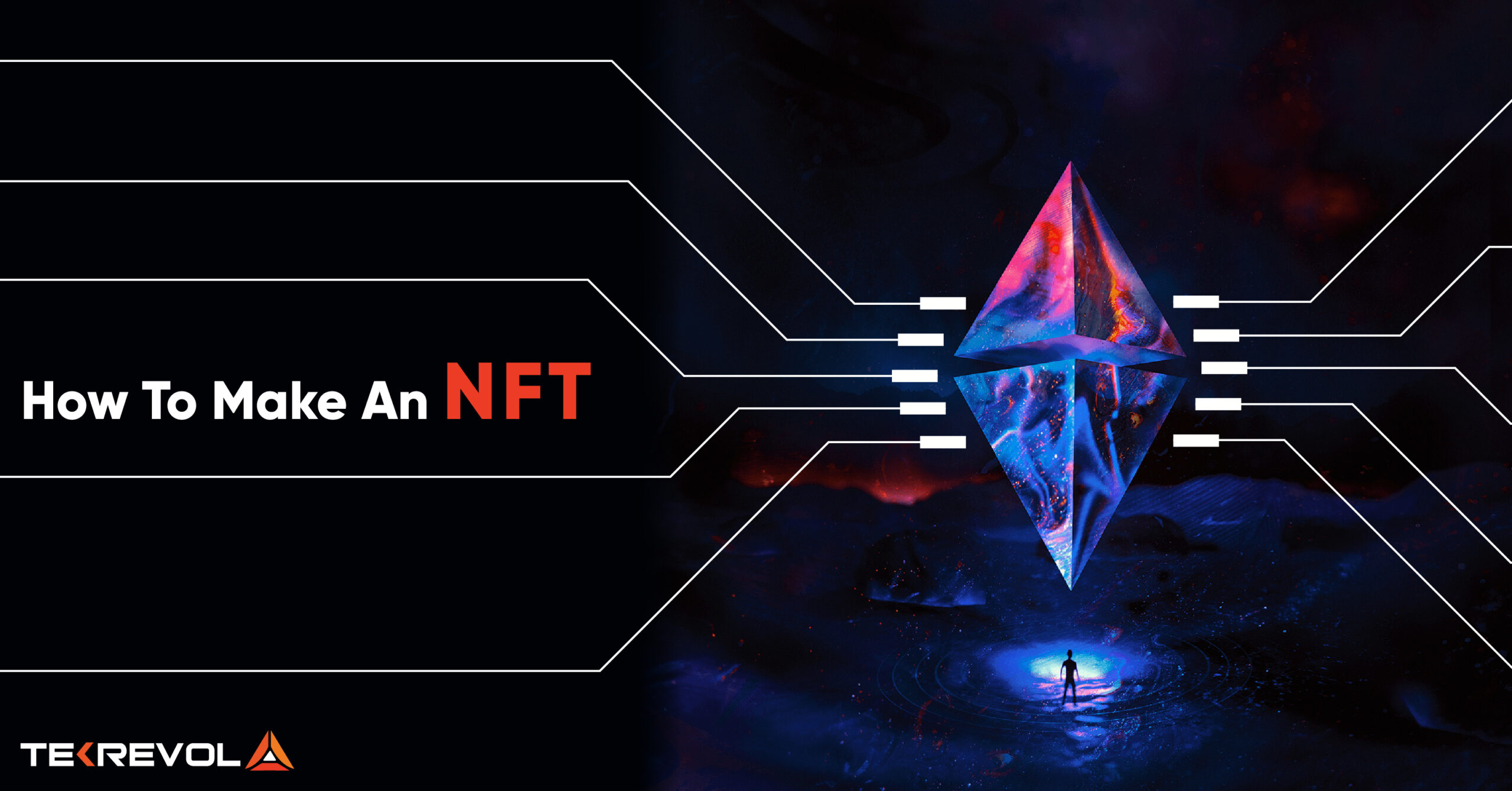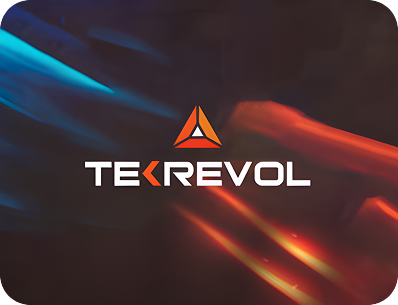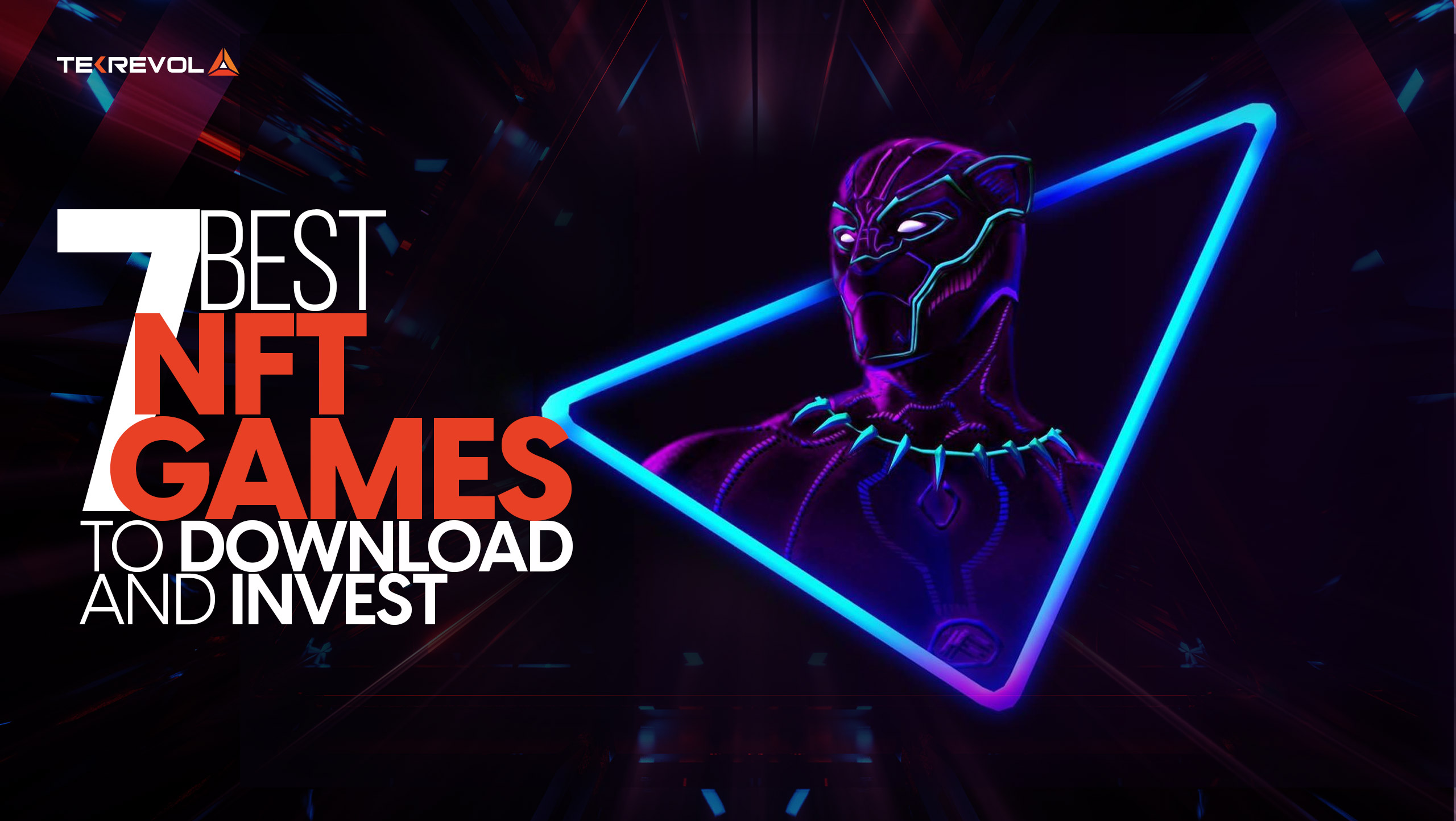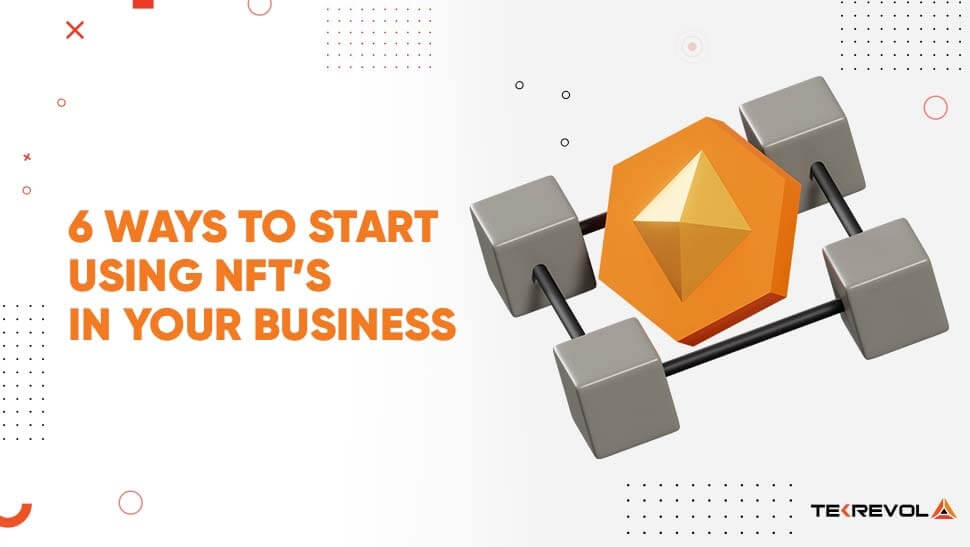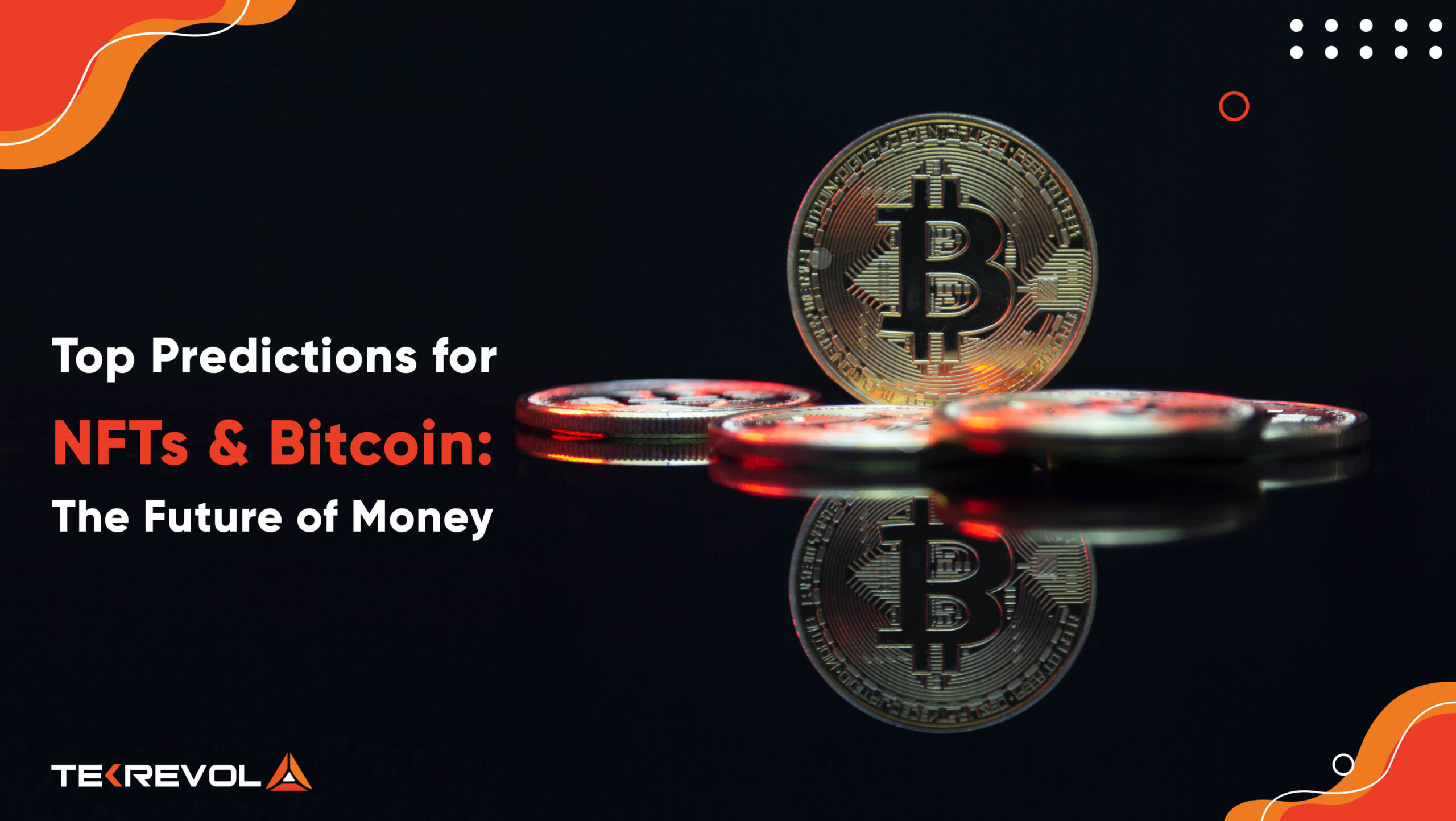If you are here to find how to make an NFT as part of the bandwagon effect because you read Human One sold for 28.9 million dollars, and that Cryptopunk sold for 11.75 million dollars – this guide has everything you will need during the process.
NFTs, meaning Non-fungible Tokens are the biggest business cases of blockchain technology. After cryptocurrency, NFT making, listing, minting and trading have contributed significantly to the global economy and most importantly, to the net worth of digital artists!
All in all, sales of Ethereum-based NFTs reported revenues of 150 million US dollars as of January 15th, 2022 (Statista).
But, what does all of this hype mean?
Why are so many blockchain enthusiasts, digital designers, and artists investing an immense amount of time and energy into NFT development?
Firstly, NFTs have a huge financial potential. Worldwide, people are making and selling NFTs to make insane amounts of money – as much as 69 million dollars – yes, Beeple’s First 5000 Days.
Secondly, more and more businesses are investing in NFT development to boost their operational and revenue sides. Businesses are developing NFTs as contracts, gift cards and vouchers, thankyou notes, security passcodes, marketing collaterals, welcome packs, lead generation tools, games and so on!
Thirdly, gaming entrepreneurs are developing NFT games and earning gas commissions.

Prerequisites – Before Making an NFT
Before moving on how to make an NFT, you need to know the basics of Non-Fungible Tokens – and decide whether you really need to invest financial resources and energy into the process of developing NFTs.
What is an NFT?
An NFT or Non-fungible Token is a blockchain-based digital asset. Most NFTs have a 100% digital or virtual existence on blockchain networks, but NFTs can also form parts of physical items like a code to access a physical souvenir.
You can design or develop an NFT on your own, or hire an expert NFT developer to do so for you depending on the type of digital asset you want to sell. The overall NFT development cost accounts for design and development effort, minting fees, transaction fees, and listing fees. For a detailed breakdown on how much it costs to make an NFT, check this article.
To make an NFT, here is what you need:
- A design, development or composition tool to create a digital file
- A digital asset (art, collectible cards, design, gif, video, song or other multimedia)
- A digital wallet to transact cryptocurrencies
- Cryptocurrency to pay transaction or minting fees
Once you have at least 2 out of these 4 factors, you are ready to make an NFT.
A 7-Step NFT Development Process


How to Make an NFT
Note that for a technical user, or blockchain hobbyist who has acquaintance with the subject, making an NFT may only sound like creating a digital file and listing it on a marketplace against a transaction fees. This guide, though is a comprehensive one for beginners and non-techies.
Here is a detailed guide on creating an NFT for sale on marketplaces.
1. Create a plan before you make an NFT.
And decide what kind of NFT you would actually like to make, list and sell!
Because most artists are into creating NFTs as a business (because of capital gains), it is ideal you create a handy business plan document covering the type, format and name of your NFT, NFT development costs you choose to invest, your expected revenues, and so on.
Your Options for Making an NFT
Your NFT has to be a digital asset that you can create yourself, or hire a designer or developer to do so for you. The most popular format options are .gif, .jpeg, .mp3 and .mp4. And most popular digital files are gifs, memes, poetry and images, videos, songs, and collectible cards.
2. Design and test your digital asset.
While making your NFT, know that the success here lies in either of the two factors:
- Your NFT is a totally or partially unique idea or at least new as an NFT.
Zed Run’s first-generation horses are called Genesis. While digital horse racing wasn’t new, it was at least attractive for racing enthusiasts in the NFT realm.
- Your NFT is a limited-edition, and a form of high-quality art that people would really want to buy and keep even for a higher price.
To ensure this, you can create a niche-based, battle-tested NFT and market it well in the NFT community, Instagram, OpenSea, Reddit, and Quora.
When developing digital art or design-based NFT, let’s say a video, make sure you use tools like Adobe Illustrator, Photoshop or After Effects.
If you have already created your NFT, test it for loading speed, performance, content accuracy and uniqueness. All of these factors are important to check before you mint it on specific platforms.
3. Choose a blockchain for your NFT.
Our experienced blockchain and NFT developers recommend Ethereum for supporting NFTs.
Here are 3 reasons to choose Ethereum
- Its ERC-721 and EPI-721 are standards that make it easier to build NFTs and these standards are widely accepted on all major NFT marketplaces like OpenSea and Rarible (we’ll talk about these in the next step).
- Ethereum-based NFTs can be sold in auctions.
- Ethereum is safe, secure and trusted by majority of blockchain enthusiasts. The gas fees is however expensive, but the reliability Ethereum offers make it worth the transactions fees.
- Because Ethereum is widely popular, most people can only accept NFTs that are made on Eth.
So, if you choose a non-Eth blockchain, you might end up limiting the audience interested in buying your NFT.
You can also choose platforms like Polygon, Binance-chain, Flow, Tezos, Solana and Cardano.
Rarible is integrated with Flow – a blockchain currently supporting the NBA shots.
OpenSea is integrated with Polygon.
Both of these blockchains are cheaper than Ethereum in terms of transaction fees, but there are other rabbit holes associated with programming.
So back to the advice: Host your NFT on Ethereum or choose between Polygon and Flow!
4. Choose an NFT Marketplace where you want to list.
OpenSea and Rarible are highly recommended marketplaces that list NFTs. Here are top reasons why you should consider either of these:
OpenSea and Rarible both allow lazy minting. Lazy Minting means that you can list your digital art on these platforms without paying gas fees or transaction charges.
Lazy Minting is just-in-time minting that happens at the time of purchase only – not during the listing process.

Secondly, OpenSea and Rarible both support Ethereum blockchain – which actually becomes a cycle of you choosing a chain because of its wide acceptance.
OpenSea and Rarible don’t charge money while listing. You pay minting fees when you sale. Plus, both of these platforms charge a 2.5 percent commission from your sale proceeds.
5. Set Up A Digital Wallet
We had talked about a digital wallet in the requirements section. This digital wallet is pretty much like an online wallet where you store (pay and receive) your cryptocurrencies and exchange them against items you want to shop.
You need this blockchain wallet to pay the minting fees and accept the payments your buyer makes against your NFT – the rewards you are reading this whole process for!
MetaMask is highly recommended wallet for both, NFTs and cryptocurrencies. That’s because MetaMask can be seamlessly integrated with Ethereum blockchains, OpenSea and Rarible.
Second wallet option is CoinBase and it’s ideal for non-Ethereum blockchains.
If you already have a MetaMask account, all you need is to import wallet.

Signing up for Metamask and CoinBase is slightly different from registering for a new mobile application or software program. The sites don’t ask you for personally identifiable information like email IDs, postal code or cellular numbers. Instead, for each new applicant, the extension gives a 12-word secret recovery phrase. Users are strongly recommended to secure this seed phrase because this is the only key to get into your wallet. Neither MetaMask or CoinBase can recover an account if this secret recovery password is lost.
Once registered, this is what a new MetaMask wallet account looks like.

if you are new to NFTs and MetaMask, you will have to buy cryptocurrencies to connect your wallet and marketplace. Simply link your wallet to your debit or credit card like a digital banking transaction, or request a payment from your friends, family or social networks.
If you have MetaMask and OpenSea/Rarible both logged onto same browser, you’ll see popups from your wallet to integrate.
6. Connect Marketplace and Blockchain Wallet
NFT marketplaces, in simple terms, are platforms where you list, buy and sell NFTs. In this step, you need to connect either of OpenSea or Rarible with MetaMask – which is as simple as clicking the ‘Create’ button you see in the screenshot below.

Once you hit the ‘Create’ button, the platform will itself ask you to connect to the wallet.

7. List your NFT.
Once your wallet and marketplace are connected, the listing process only needs you upload the digital file and add Metadata.
Metadata is like a product description that will attract buyers to make a purchasing decision. This includes a preview picture or what your NFT looks like, NFT’s name and attributes like size, color, orientation and an external link.
About OpenSea Listing
- This external link should not redirect the buyer to purchase the NFT from other marketplaces, but should serve like a proof of work or portfolio.
- Once uploading is complete, OpenSea will congratulate you with your NFT’s name.
- You’ll have to click off the congratulations screens to set your NFT for sale.
- For Ethereum NFTs, you can choose to add a fixed price or a timed auction.
- If you are listing an NFT for the first time, OpenSea will ask you for an authentication.
- To complete this authentication, you’ll need Ethereum in your digital wallet.
About Rarible Listing
- Rarible allows you to list limited-edition or multiple copies of your NFTs. So this will be your first step in creating the NFT.
- The other process is same as OpenSea: you upload digital media, add preview and metadata.

- Rarible also allows you to sell NFTs on fixed prices, auctions or bids.
- This listing process also puts your NFT up for sale.
The congratulations message means you’re all set to make money with your new NFT!
Note: You might not see these NFTs in your MetaMask wallet because these aren’t minted yet. The transaction you will make will be the listing fees for OpenSea or Rarible – not the gas or minting fees. And so, you’ll pay the minting fees when the NFT is sold.

How to Make an NFT – Explained in 100 Words
NFT is a non-fungible token created on a blockchain that you can sell on an NFT marketplace. First off, you prepare yourself for making an NFT with a business plan, a digital wallet and a software tool you need to design your NFT. Secondly, you design and test a digital asset that you want to sell. Then, you list this NFT on marketplace like Rarible or OpenSea. Now go to Create option and connect it with MetaMask or Coinbase. Your NFT is ready for sale!
Over To You…
So this is one comprehensive guide about how to make an NFT which covered everything from generating an NFT idea to setting NFT value to sharing a commission. Blockchain technology is not a work in process anymore – but is revolutionizing businesses of all types and sizes. Tech and non-tech industrial sectors are all yielding transformative results by leveraging blockchain, integrating crypto payment methods, launching crypto tokens and most importantly, creating their NFTs.
The technology is not getting old anytime soon – and will only grow exponentially. What better time than now to make an NFT of your own!
Great if you have started already!
- Still brainstorming how to make NFT?

